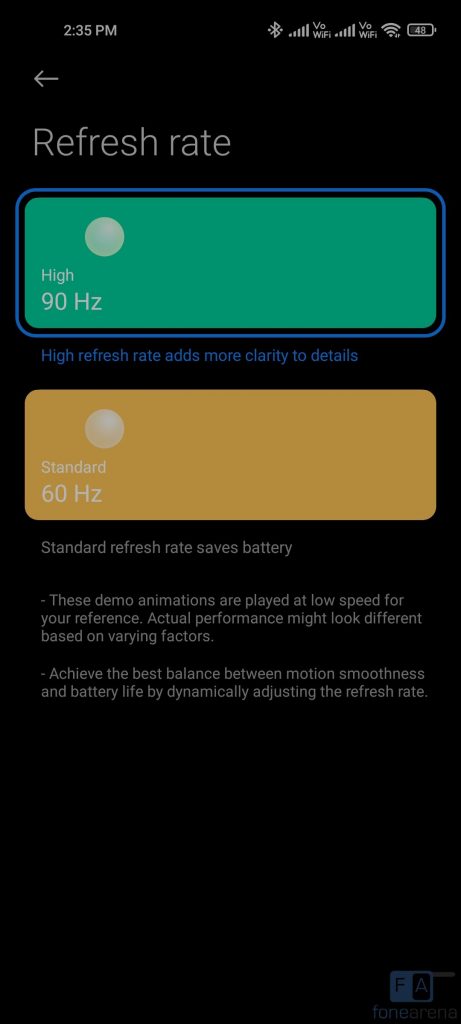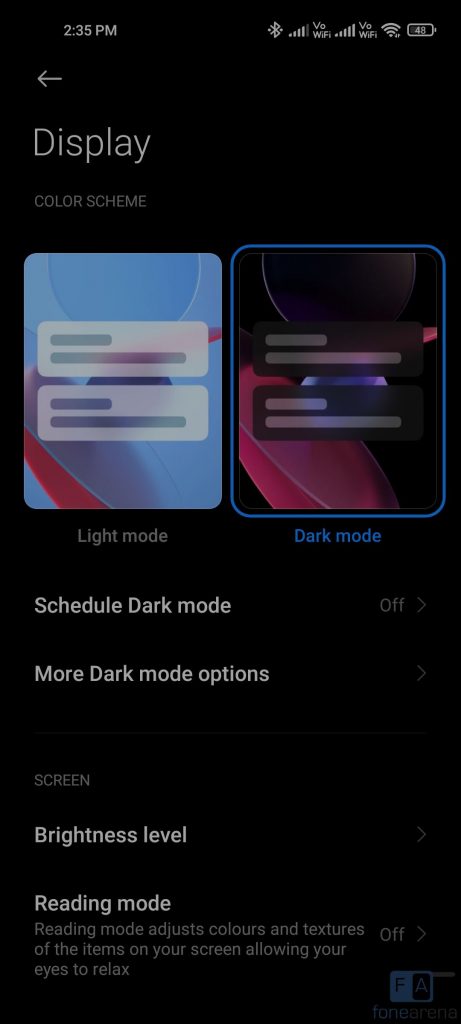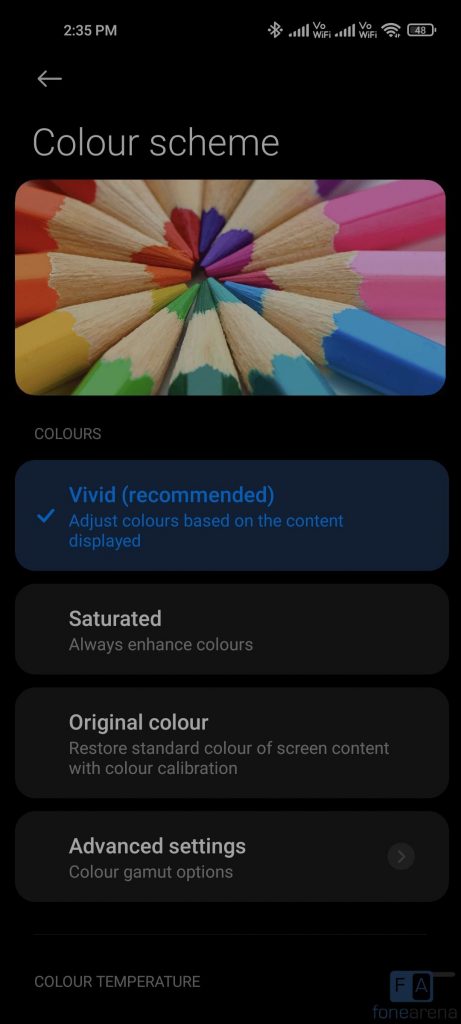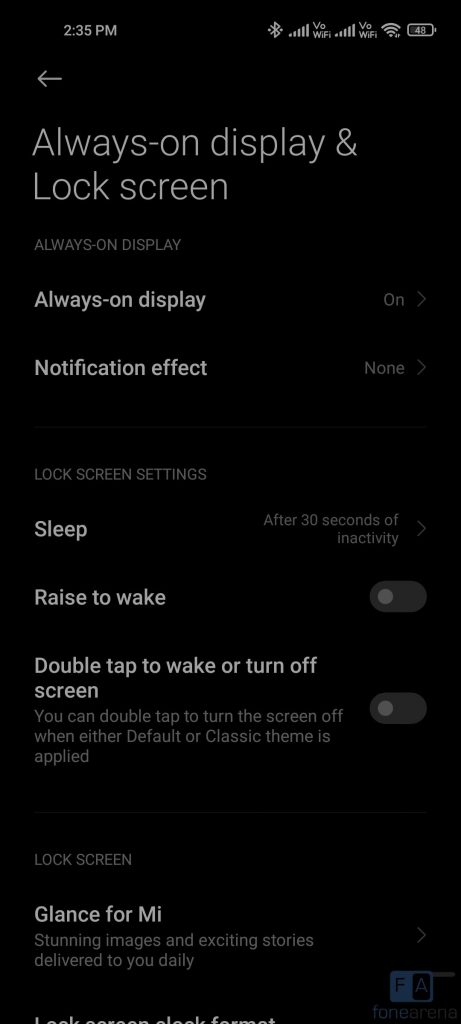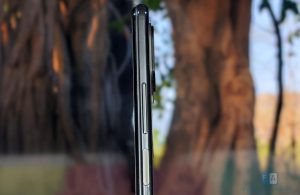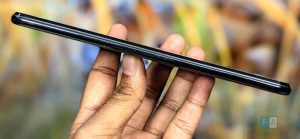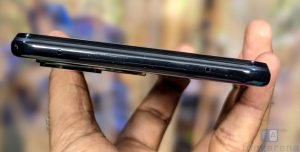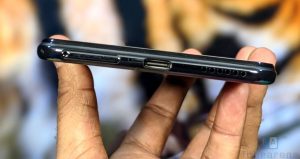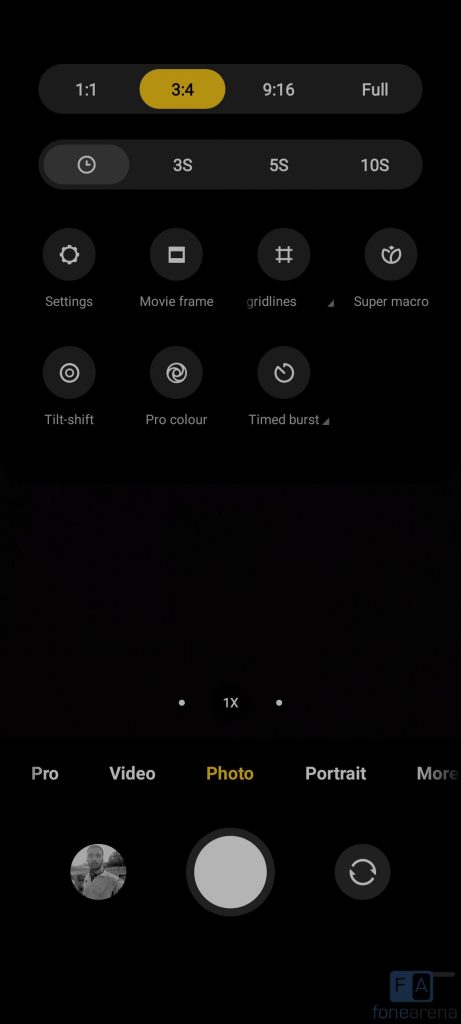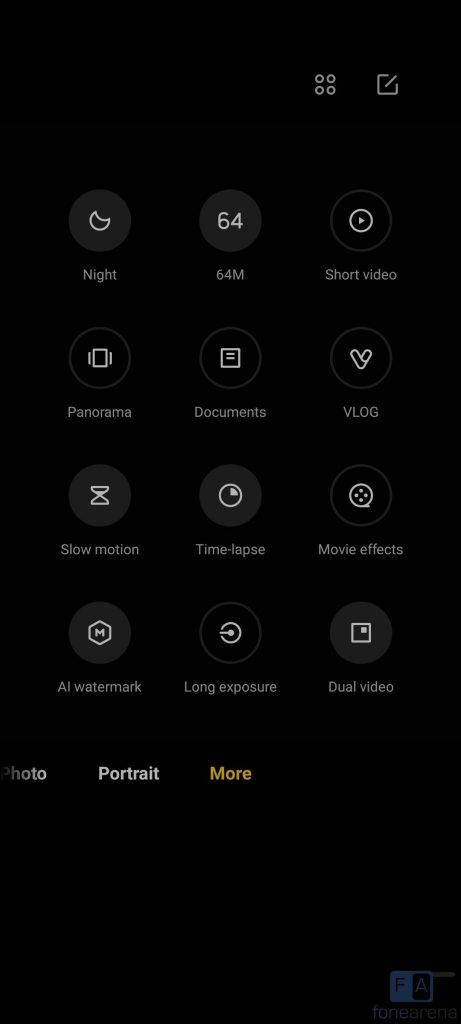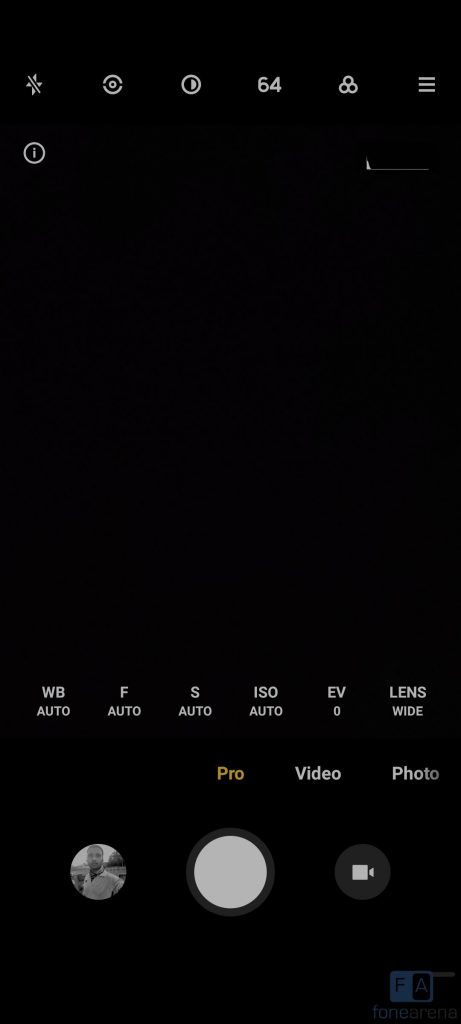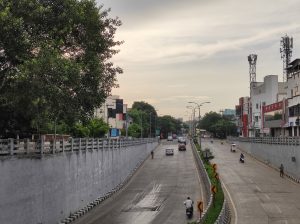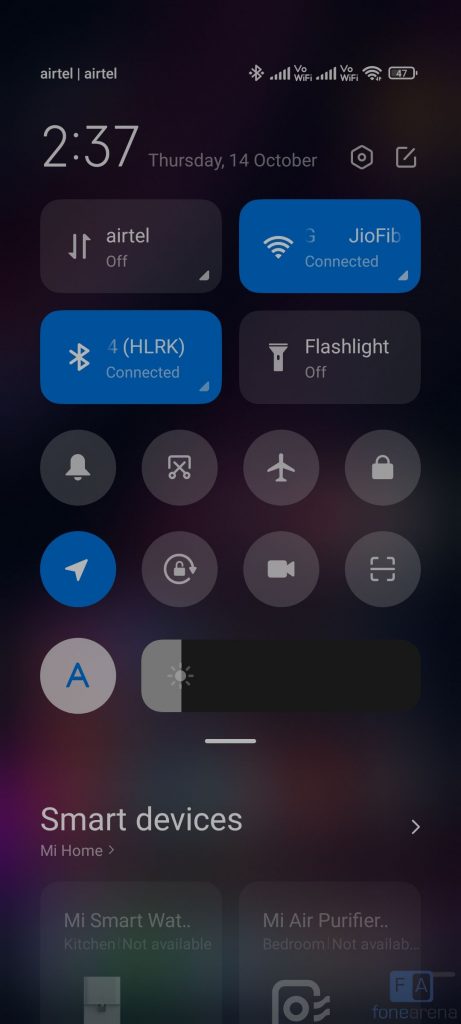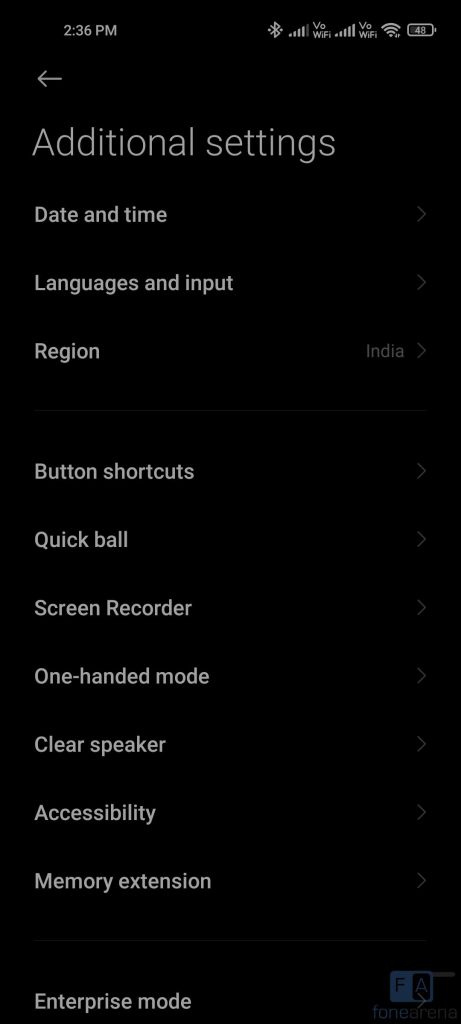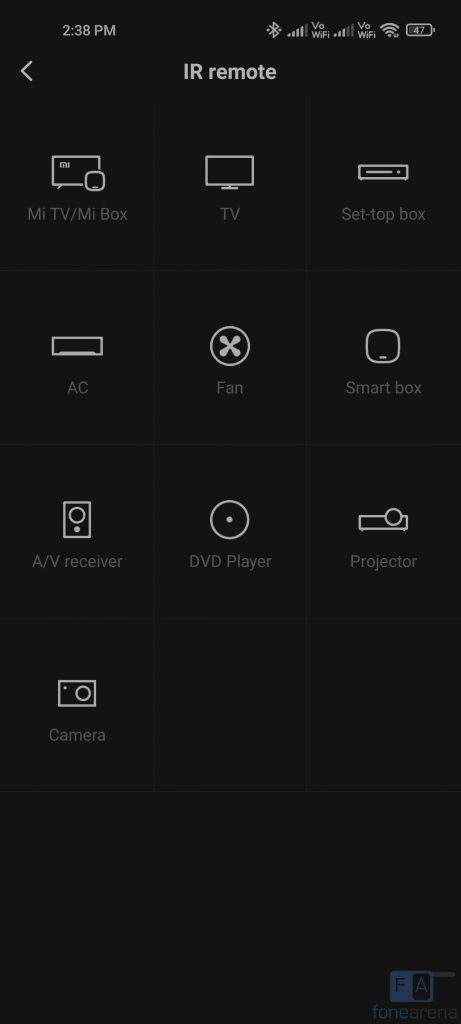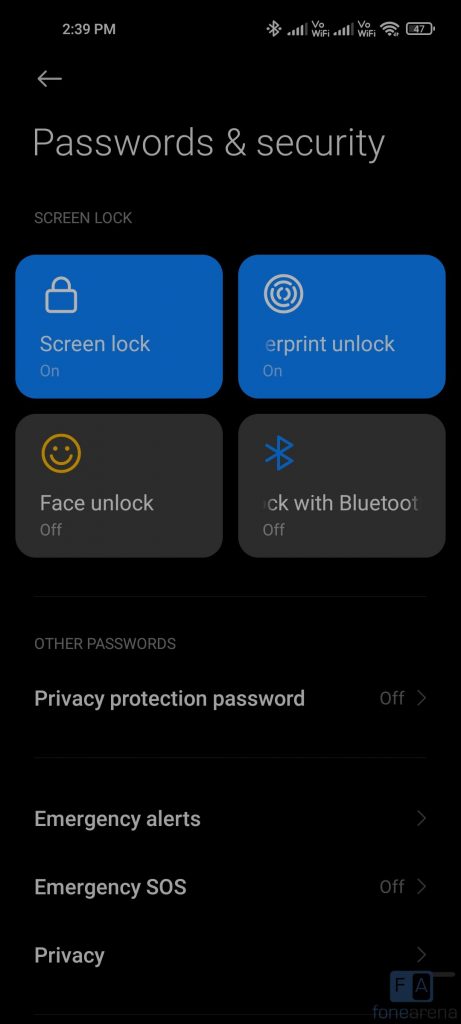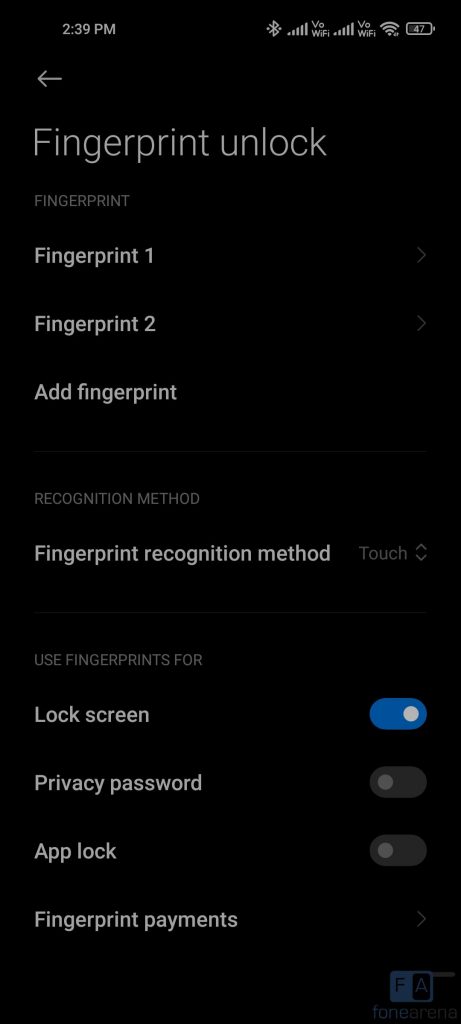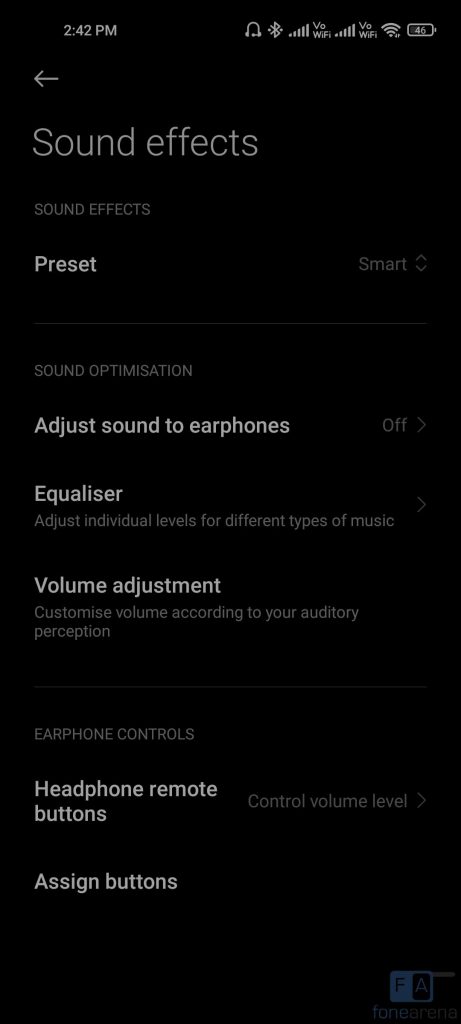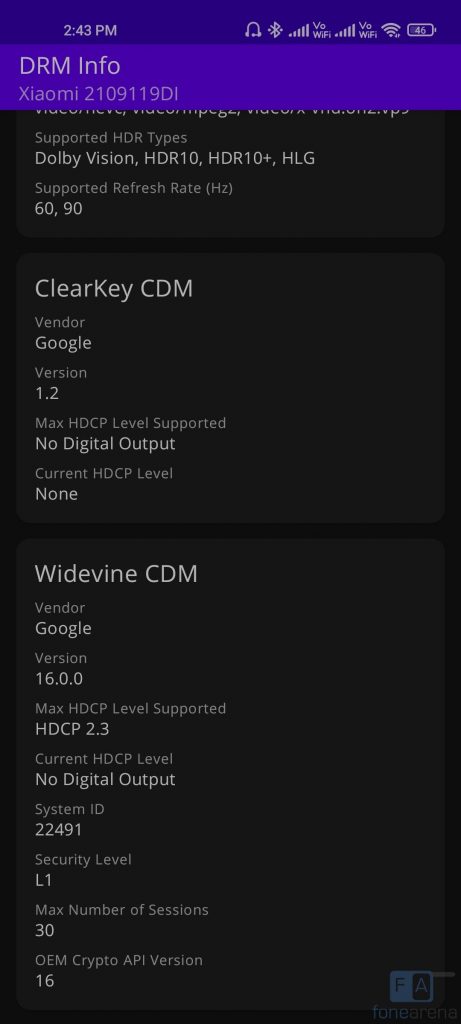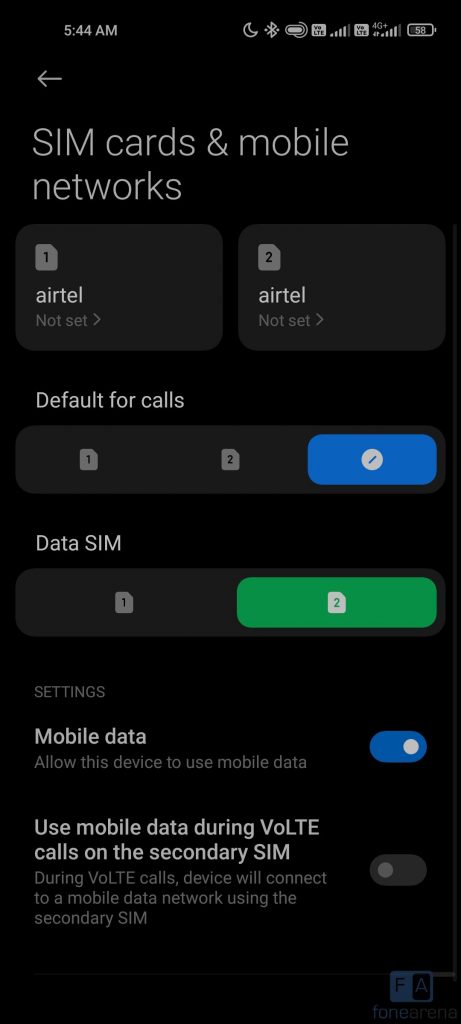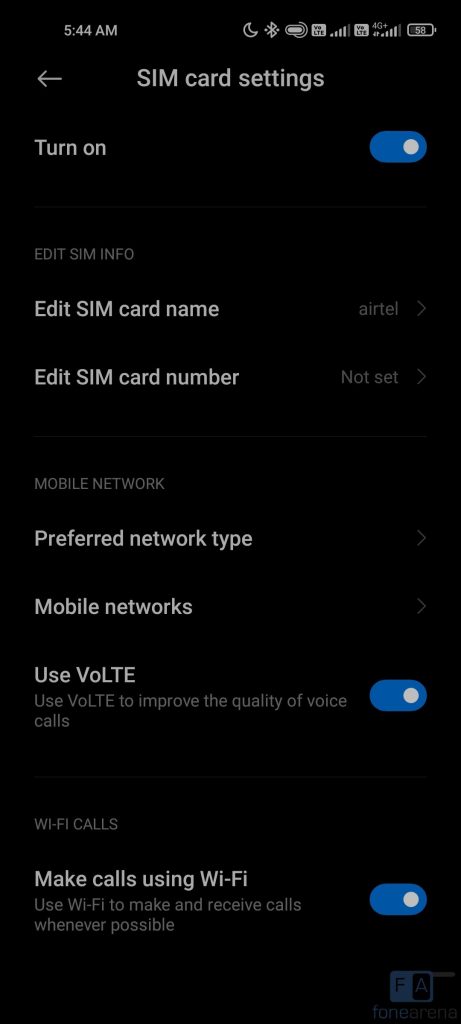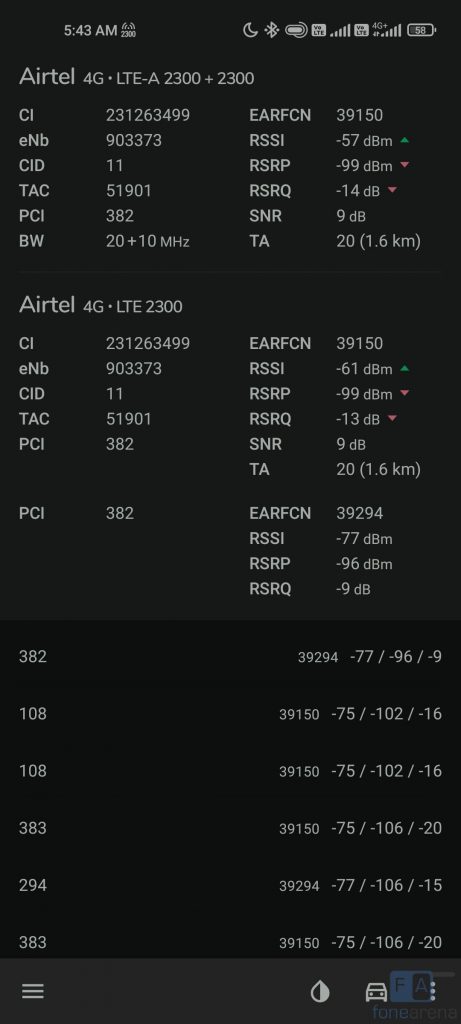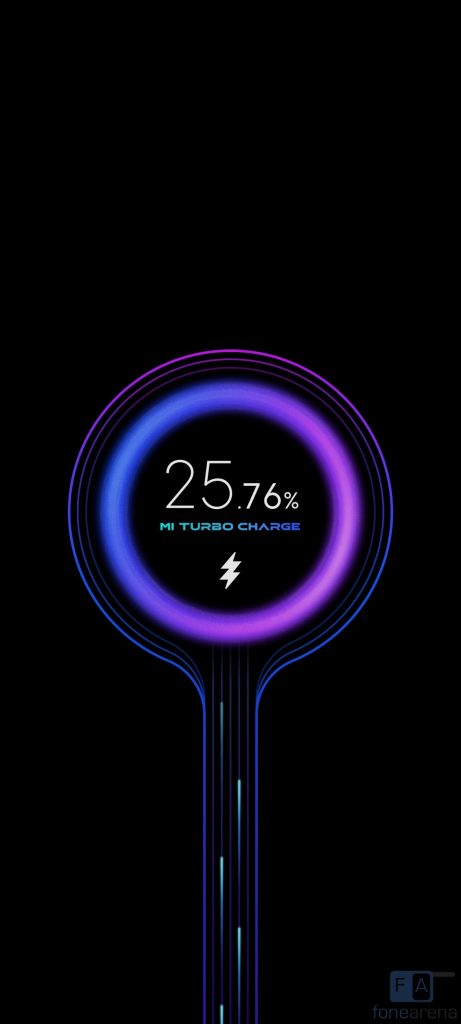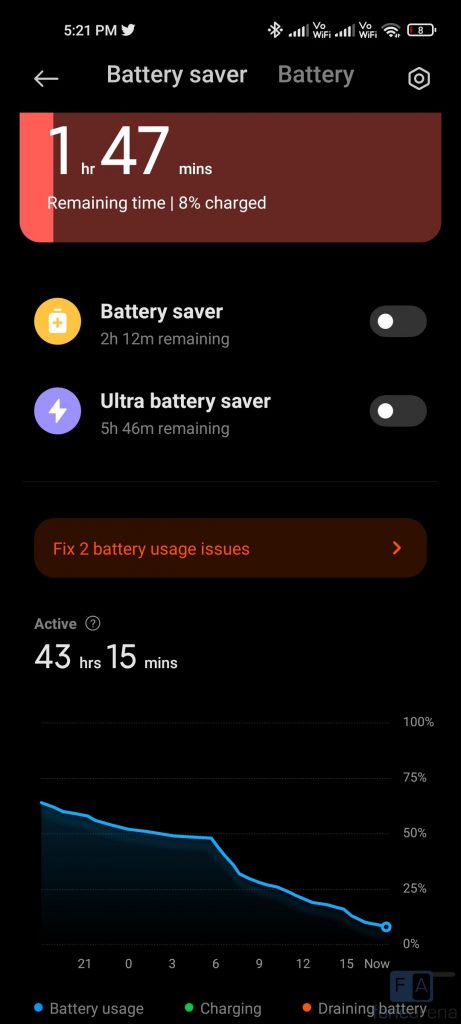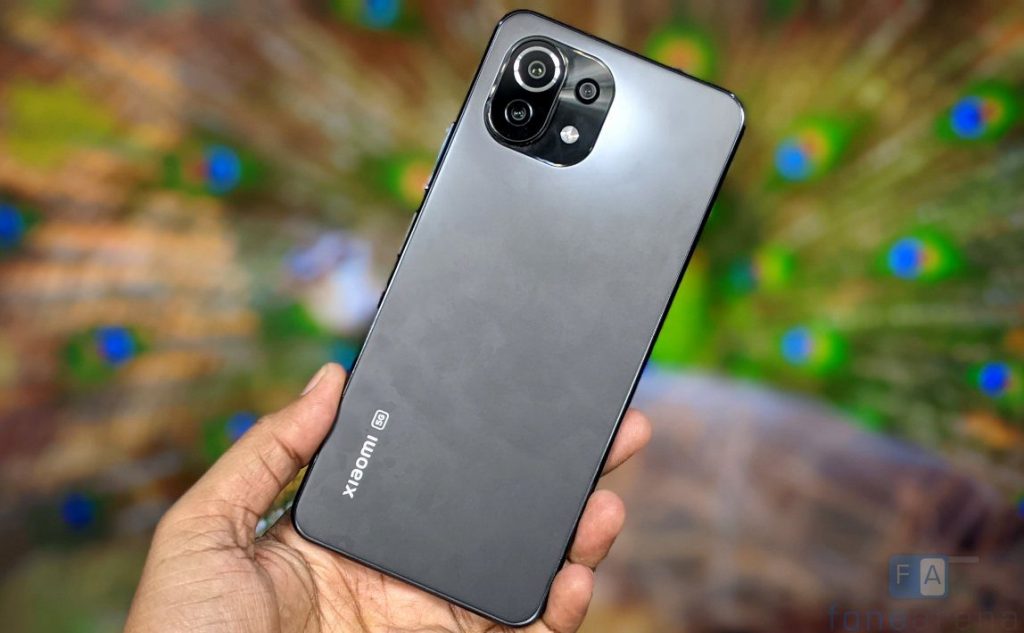
Xiaomi launched the Xiaomi 11 Lite NE 5G, the company’s latest mid-range 5G smartphone in India last month, soon after the launch of Xiaomi 11 Lite 4G smartphone in the country. Even though this retains the 6.55-inch AMOLED screen, similar cameras and a 4,250mAh battery, this has a powerful Snapdragon 778G 5G SoC compared to Snapdragon 732G. Is the phone worth the price of Rs. 26,999? Let us dive into the review to find out.
| Box Contents |
| Camera |
| Battery Life |
| Conclusion |
Box Contents
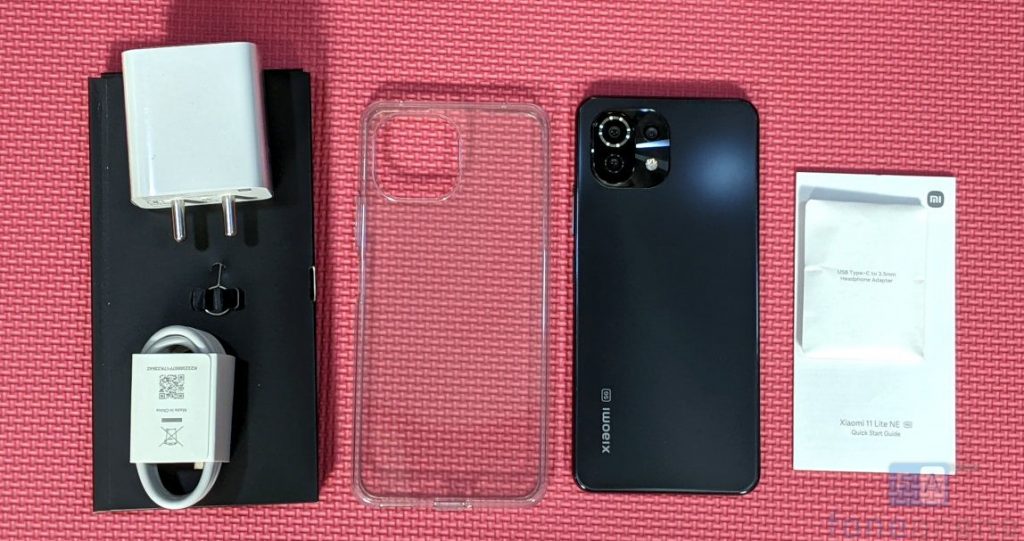
- Xiaomi 11 Lite NE 5G in Vinyl Black colour
- 33W fast charger
- USB Type-C cable
- USB Type-C to 3.5mm converter
- Clear protective case
- SIM ejector tool
- User manual
Display, Hardware and Design
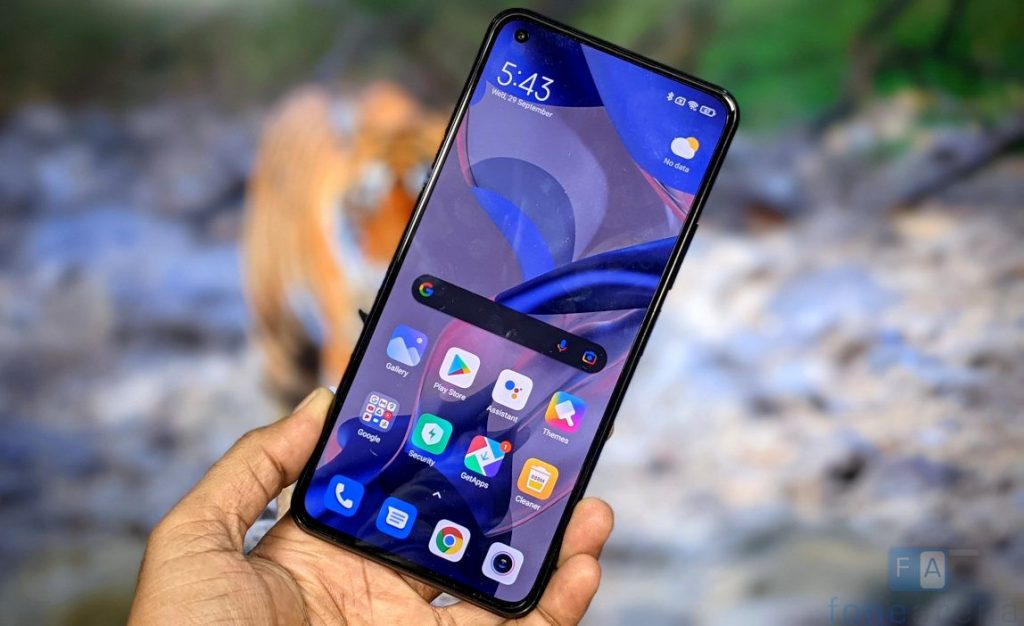
Starting with the display, the Xiaomi 11 Lite NE 5G has a 6.55-inch Full HD+ 10-bit AMOLED display with a pixel resolution of 2400 × 1080 pixels, 20:9 aspect ratio 2.5D curved glass screen and a pixel density of about 402 PPI. The display is bright, thanks to 500 nits (typical), 800 nits in high brightness mode, which is enabled when you are watching HDR content. It has 5,000,000:1 contrast ratio and supports DCI-P3 wide colour gamut, so the colours are vibrant. Since it has flexible pOLED panel that is 50% slimmer at 0.44mm compared to 0.88mm glass panel, the company has managed to make the phone sleek.
It has 90Hz display refresh rate and 240Hz touch sampling rate, which when enabled offers a buttery smooth user experience, especially when you are scrolling through the UI and when gaming. This doesn’t have adaptive refresh rate, so it can only switch between 60Hz and 90Hz. It also has HDR 10+ support which works for YouTube and also has Dolby Vision support which works in Netflix. The phone comes with Corning Gorilla Glass 5 protection.
Under the display options, there are different options to adjust colours and contrast based on your preference. There is also a reading mode that lets you reduce the display’s blue light emission, so it doesn’t cause eye strain when you are reading at night, but this will be disabled when you play HDR videos. There is Dark mode, similar to other MIUI phones. You also get an option to enable dark mode to apps that are installed, but it doesn’t look good on most apps. It doesn’t have DC Dimming or Anti-flicker mode, but I didn’t notice any flickering issue in low light conditions.
The phone has always-on-display option, which can be enabled from display settings. This doesn’t consume a lot of power since this is an AMOLED screen, but the company says that it increases the power consumption, so it turns off automatically when the phone stays dark for a long time or battery saver restrictions are applied. It doesn’t have super wallpaper or live wallpaper, which the POCO F3 GT and Mi 11X series phones have.
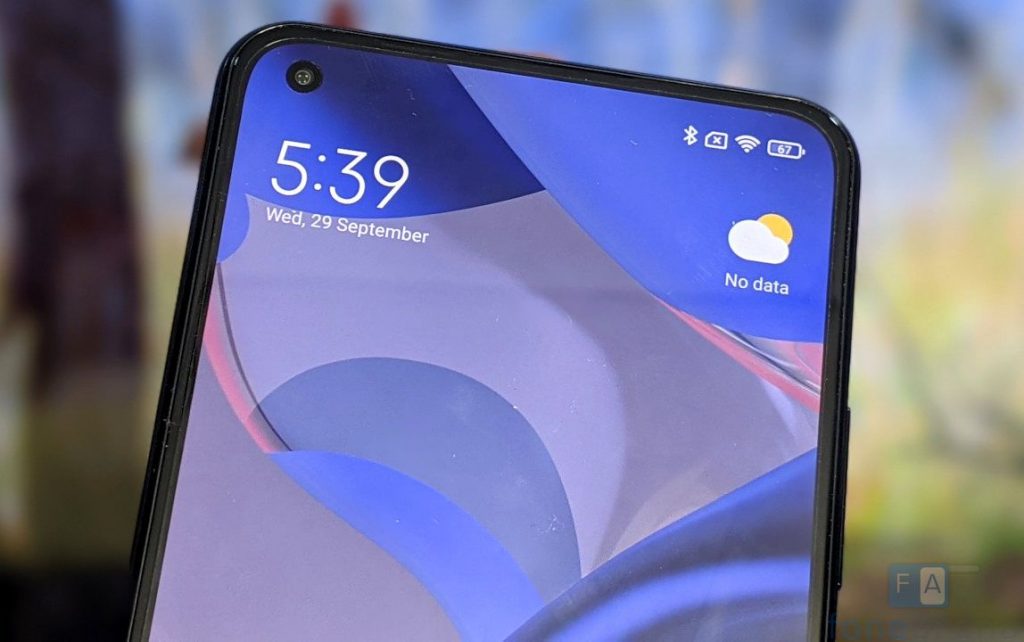
The phone has a tiny punch-hole that houses a 20-megapixel camera, which doesn’t disturb when watching videos since it just occupies a small space. Above the display there is an earpiece on the top edge which also doubles up as a secondary speaker. The phone also has the usual set of proximity and ambient light sensors, as well as a gyroscope and a magnetic sensor, otherwise known as a magnetometer.
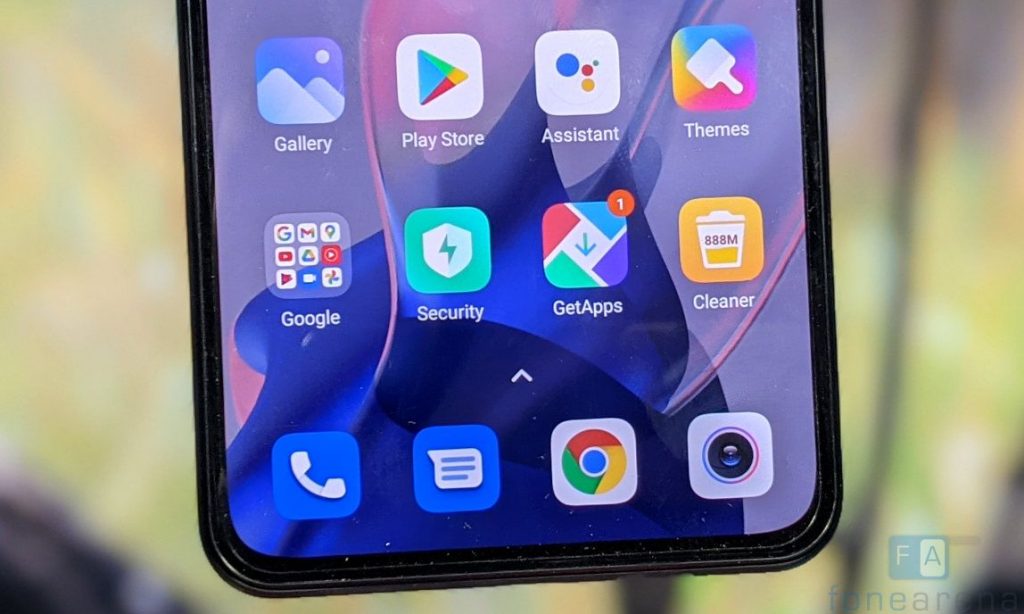
Xiaomi says it has 1.8mm symmetrical side and top bezels, but the bottom bezel is also minimal.
Coming to the button placements, the volume rockers are present on the right side along with the fingerprint sensor, which also doubles up as the power button. There is nothing on the left side. It uses new magnesum alloy mid-frame, which the company says reduces 10 grams from the body, so that it could keep the phone under 160 grams. On the top there is an IR blaster, secondary microphone. On the bottom there is a hybrid dual SIM slot that accepts two nano SIMs or a nano SIM and a microSD card. It also has the primary microphone, USB Type-C port and the loudspeaker grill.
Even though the phone doesn’t have a 3.5mm audio jack, the company provides a Type-C to 3.5mm converter in the box, which most companies don’t offer. The phone features an Z-axis linear vibration motor, which enables custom vibration patterns across the UI for the best haptic experience.
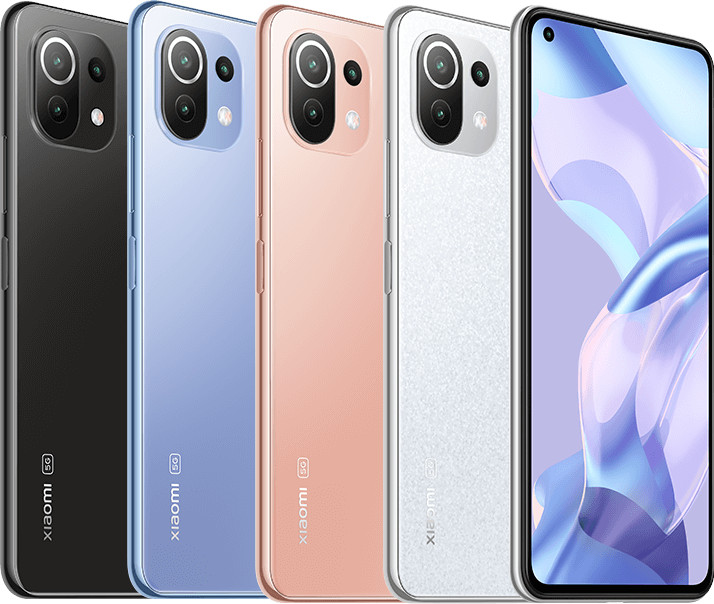
Even though the phone has a large screen, it is easy to hold since it is 75.73mm wide. At just 6.81mm and a weight of 158 grams, Xiaomi says it is the slimmest and the lightest 5G smartphone of 2021, says the company. The company has achieved this by using a 35% smaller PCB compared to previous models, thanks to 01005 capacitors with a smaller footprint. These are usually seen only in iPhones. We have the Vinyl Black colour, but the phone also comes in Jazz Blue, Tuscany Coral and Diamond Dazzle colours. You can see these in the image above. All these have an anti-glare frosted glass with a matte finish that keeps that phone free from fingerprints. Xiaomi says that it uses hardened glass, but it doesn’t have Corning Gorilla Glass 5 protection on the back.
Unlike the Mi 11 Lite, the Xiaomi 11 Lite NE 5G doesn’t have IP53 ratings, but only has a P2i coating. It has a 4250mAh battery. Xiaomi said that the battery uses new chip-on-board process and uses a single-fold design that allowed the company to fit a large capacity battery in a tight space.
Camera
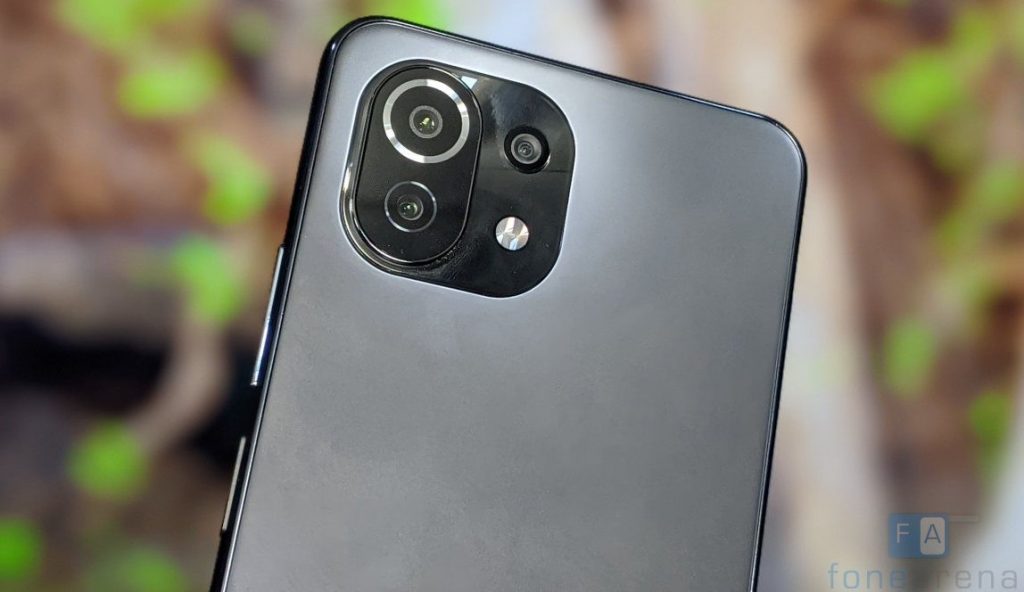
It has a 64MP rear camera with f/1.79 aperture, 8MP 119º ultra-wide angle camera with f/2.2 aperture and a 5MP telemacro macro camera with Contrast AF (3cm-7cm), f/2.4 aperture. There is a 20-megapixel front camera with f/2.45 aperture.
The camera UI is familiar with other Xiaomi smartphones running MIUI 12. You get all the features such as Pro, Night, 64MP, Short Video, Panorama, Documents, VLOG, Slow motion, Time-lapse, Dual video, AI watermark, Long exposure and Pro mode lets you adjust white balance, focus, shutter speed (1/4000s to 30 seconds), ISO (50 to 6400) and option to select main, ultra-wide and macro lens. You can also shoot in RAW in Pro mode and enable focus peaking, exposure verification and more options. There is ‘movie frame’ mode works both rear camera front cameras and for video, but there is no separate portrait video mode. Xiaomi has enabled Cam2API by default, so you can side-load ported Google Camera APKs for advanced editing, including RAW capture.
Coming to the image quality, daylight shots came out well with good dynamic range. It uses 4 in 1 Super Pixel technology, so the output you get is 16MP. HDR shots are better with improved dynamic range. 8MP wide-angle shots are decent. 64MP mode that offers a lot of details and can go up to 20MB in size. Even though there is no telephoto lens, it uses the software for offering up to 10x digital zoom. This is like taking an image and cropping up later. Even in the 2x zoom images start to lose details, so it is not recommended going beyond 2x if you don’t want to lose details. The dedicated 5MP tele macro sensor is useful compared to the normal 5MP or 2MP macro camera since it shoots in 2x by default, but you can also zoom it by 1x further.
Low-light shots are good, thanks to 4-in-1 Pixel binning and the night mode is even better, making the images brighter offering more details. Images with flash are good, and the flash is not overpowering. Daylight front camera shots from the 20-megapixel front camera is decent, but not the best even in daylight conditions due to the tiny sensor. Output is 20MP in resolution, and the image size is around 5MB. Portrait shots have decent edge detection even though it is done using software, but these shots are close to 12MB in size. Overall, the camera is good.
Check out the camera samples (Click the image to view the full resolution sample.).
It can record videos at 4k resolution at 30 fps, 1080p at up to 60 fps, and it also has slow motion 720p resolution video recording at up to 960fps, but this should be converted into 960fps. You can also shoot 1080p videos using the macro and ultra-wide camera. Check out the video samples below.
Software, UI and Apps
It runs Android 11 out of the box, with MIUI 12.5.1 on top. It has August 2021 Android security patch recently. MIUI 12 that was introduced earlier this year brings several features including improved animation, Dark mode 2.0, Privacy improvements and more. Android 11 improves privacy features when sharing content and in location permission. This is the first Xiaomi phone that runs MIUI 12.5 out of the box, and it lets you uninstall several system apps. At the launch, the company has promised 3 years of software updates and 4 years of security updates for the phone, which is a first for a Xiaomi phone.
It has Quick ball, One-handed mode, App Lock and more. Inside the special features option there is Game Turbo, video toolbox, floating window, second space and lite mode.
Since the phone has an infrared sensor for remote function, it comes with Mi Remote that lets you control your home appliances easily. Out of 8GB LPDDR4x RAM, you get 7.32GB of usable RAM, and about 3.5GB of RAM is free when default apps are running in the background. It also as up to 3GB of memory extension or virtual RAM, which you can disable from additional settings. Out of 128GB, you get about 107GB of free storage. It has UFS 2.2 storage, so we got sequential read speeds of about 958MB/s.
Apart from the usual set of utility apps, Google apps and Xiaomi’s own set of apps, it comes preloaded with Amazon Shopping, Facebook, Amazon Prime Video, LinkedIn and Netflix apps. It also asks for additional app installation during setup, which you can skip. You can easily uninstall these apps, but these come up when you reset the phone. Even though there is personalized ads option during set up and recommendations in all the apps, you don’t get any ads in apps.
Fingerprint sensor and Face unlock
Even though it has an AMOLED screen, the phone has a fingerprint sensor on the ride side, embedded into the power button. It immediately unlocks the phone just by keeping your finger on the power button so that you don’t have to press it. This is more convenient compared to the rear-mounted fingerprint scanner and faster than the in-display fingerprint scanner. You can add up to 5 fingerprints. You can also use the fingerprint for app local and payments in apps. It doesn’t have gesture features to perform actions which is a feature I liked the Redmi Note 10 Pro series and the POCO F3 GT. The phone also has face unlock, but it is not as secure as fingerprint.
Music Player and Multimedia
The Mi Music Player is the default music player with usual Xiaomi audio effects and equalizer. Since the phone has stereo speakers, audio is pretty loud, and there is no distortion. Unlike some POCO phones, the back panel doesn’t vibrate on high volume. Audio through earphones connected using a converter is good as well. It doesn’t have Dolby Atmos or FM Radio.
It has Widevine L1 support, so you can play HD content on Netflix, Amazon Prime Video and other streaming apps without any issues. The phone also supports Dolby Atmos in Netflix which is rare to see in phones in the price range.
Dual SIM and Connectivity
It supports 5G, and has support for n1, n3, n5, n7, n8, n20, n28, n38, n41, n66, n77, and n78 5G bands. It has 4G VoLTE for Reliance Jio, Airtel and other networks and support Dual 4G VoLTE that offers 4G in both the SIM cards at a time. The phone supports carrier aggregation as well. Other connectivity options include Dual-Band Wi-Fi 802.11 ac. It has VoWiFi / Wi-Fi calling support, Bluetooth 5.1 LE, GPS/GLONASS/Beidou/NavIC, and NFC support as well. It also has USB OTG support that lets you connect USB drives. Call quality is good, and we did not face any call drops and the earpiece volume was loud.

The Xiaomi 11 Lite NE 5G’s body SAR is 0.560W/Kg (Distance 15mm) and head SAR is at 0.859/Kg, which is well under the limit of 1.6 W/kg (over 1 g) in India.
Performance and Benchmarks
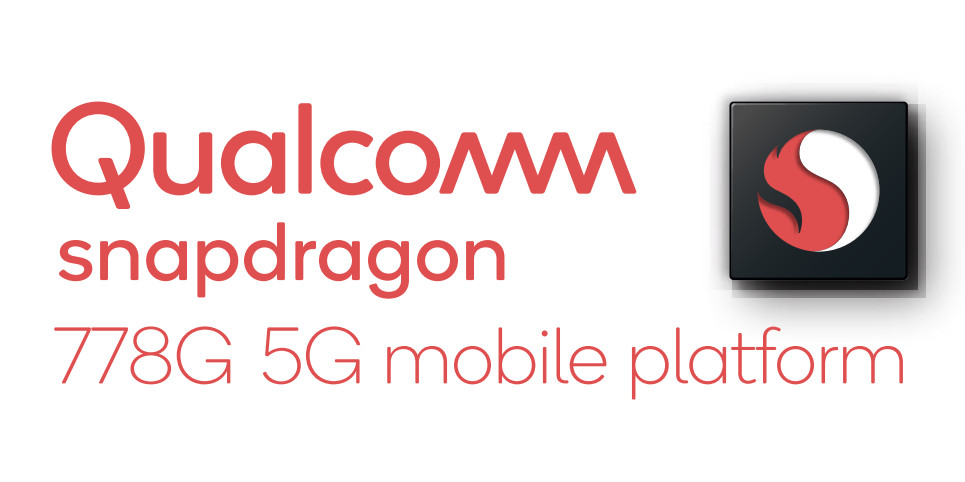
This is one of the first phones to be powered by Snapdragon 778G 6nm Mobile Platform that uses Qualcomm Kryo 670 CPUs with new architecture delivers up to 40% performance uplift and the Adreno 642L GPU is designed to deliver up to 40% faster graphics rendering compared to the previous generation. It has 4 x A78-based Kryo 670 Performance CPU clocked at 2.4GHz and 4 x A55-based Kryo 670 Efficiency CPUs clocked at up to 1.80GHz.
The Adreno 642L GPU offers a smooth gaming performance even in graphic intensive games, and the phone doesn’t get too hot thanks to liquid cooling. The phone gets a bit warm on intensive gaming or when recording 4K videos for long, but it doesn’t too hot. We did not face any issues or frame drops in the graphic-intensive games like COD, BGMI and Genshin Impact. It reached maximum 41º in our testing indoors in Wi-Fi, but this might vary outdoors in 4G. That said, check out some synthetic benchmark scores below.
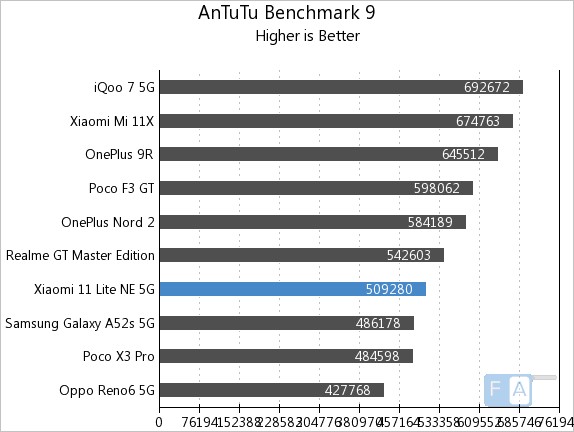
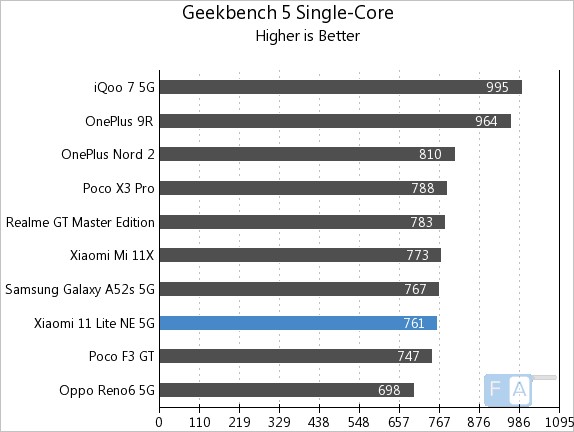
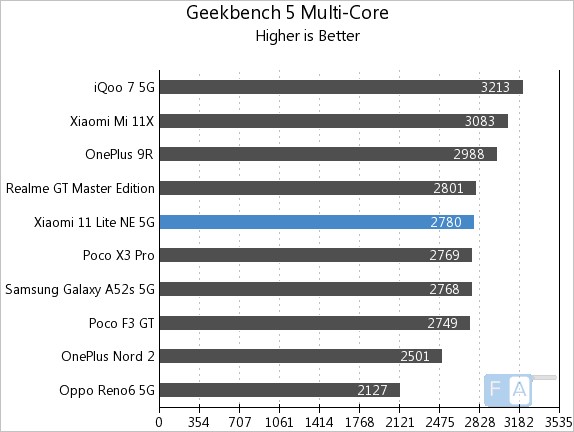
Battery life
Coming to the battery life, the 4250mAh (typical) built-in battery lasts for a day even with heavy use with 90Hz refresh rate enabled, thanks to optimization in the MIUI. I got over 5 hours of screen on time with 2 days of use in 90Hz refresh rate. Even though it doesn’t mention 90Hz as adaptive, it automatically switches to 60Hz when you don’t need it, mainly to optimize the battery life. The phone has support for 33W fast charging, so it just takes around 1 hour for 0 to 100% and 0 to 50% takes just 20 minutes using the bundled 33W charger.
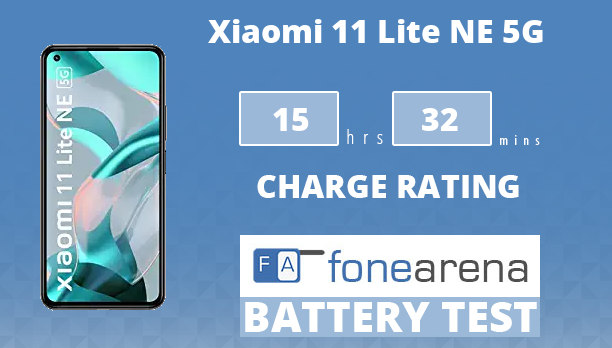
It achieved One Charge Rating of 15 hours and 32 minutes in our battery test which is good for a phone with a 4250mAh battery. We tested it in 90Hz, which is default, so it should be better in 60Hz. Battery life is based on different factors such as software optimization and the processing power that requires to power the phone, so if the phone lasts for a day with heavy use, it is good.
Conclusion
At a starting price of Rs. 26,999, the Xiaomi 11 Lite 5G NE is a good mid-range phone that is sleek, stylish and has an ultra-light body without the compromise on the build quality. The 90Hz AMOLED screen with minimal bezels and Dolby Vision offers a good multimedia experience. The performance is good as well, the UI is smooth and offers lag-free gaming as well. Wish it had IP ratings that was present in the Mi 11 Lite. Even though it has stereo speakers, it doesn’t have Dolby Atmos.
Alternatives
The OnePlus Nord 2 is a good alternative that offers a better camera experience and a more powerful processor. The Mi 11X in the similar price range offers a more powerful Snapdragon 870 SoC and a better E4 AMOLED screen with 120Hz refresh rate. The POCO F3 GT is also a good option, if you are looking for a good phone.
Availability
The Xiaomi 11 Lite NE 5G is priced at Rs. 26,999 for the 6GB RAM with 128GB storage version and the 8GB RAM with 128GB storage version costs Rs. 28,999. It is available from Amazon.in, mi.com, Mi Home stores and offline stores.
As a part of launch offers there is Rs. 1500 discount with coupons on Amazon and Rs. 2000 off with select bank cards, so the effective price of the phone is 23499, which makes it a good deal.
Pros
- 90Hz 10-bit AMOLED display with HDR10+ and Dolby Vision is brilliant
- Sleek and ultra-light body
- Smooth performance and good gaming performance
- Stereo speakers
- Promise of 3 years of Android updates and 4 years of security patches
- Decent battery life with 33W fast charging
Cons
- Lacks IP ratings for water and dust resistance like the Mi 11 Lite

